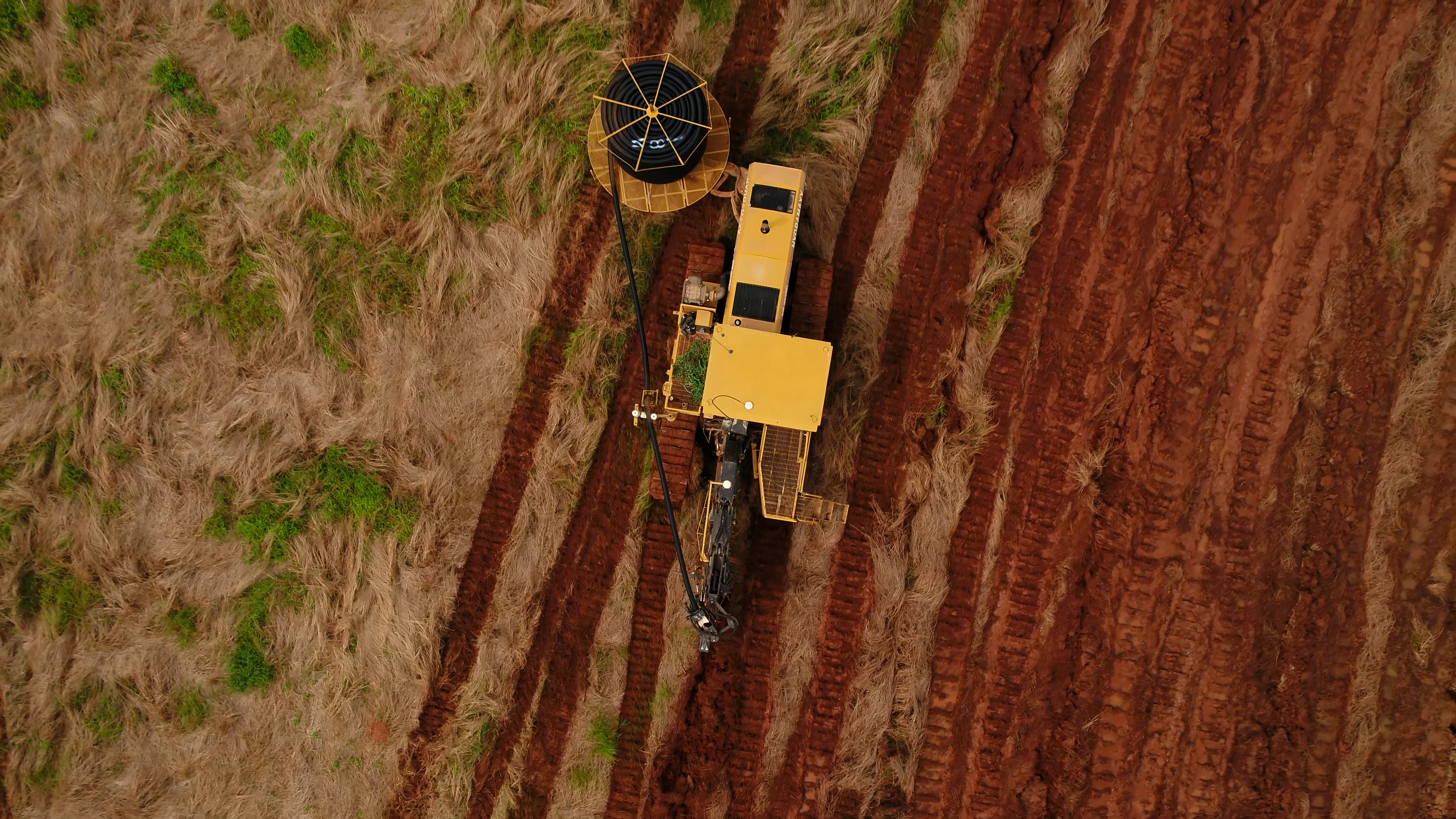Thought Leadership
May 31, 2022 / 3 minute read
Farmers Know that Drainage Pays. Here’s Why.

Written by Darla Huff, Director of Agriculture
For decades, particularly in the Midwest and northern parts of the country, farmers have been tiling and utilizing drainage to improve their yields and their farm business results. That’s because they understand, as we like to say at ADS, that “drainage pays.” Those farmers are getting a return on their investment, and as more and more farmers across the country show interest in tiling, they’re asking for more details on why drainage pays.
I’d like to dive into some of those details today.
Extend your growing season
Drainage can extend the growing season in nearly all climates. After a wet spring, for example, removing excess water allows farmers to get into fields more quickly. And because drainage increases ground temperatures, farmers can plant more quickly too. This means that more areas of the country are no longer limited by maturity dates, and farmers now have the option to plant a different variety that can result in a higher yield.
Drainage also pays during drought years, because with earlier planting, a more mature and deeper root system will weather a drought more successfully. In the south, this even has the potential to change the entire farming schedule because instead of starving for water during prime growing months, crops will be mature before a dry spell hits.
Improve soil health
When talking about drainage, our industry tends to focus almost exclusively on the benefits of removing water from the field. But drainage goes well beyond that.
“The soil is a living ecosystem, and it’s nature’s filter,” Lee Lubbers, a farmer and ADS customer in Gregory, South Dakota, said recently on the XtremeAg Cutting the Curve podcast. “Tile falls right into place with that because the soil can only hold so much water.”
Drainage improves soil health by increasing ground temperatures, allowing microbes to flourish and earthworms to proliferate, while improving the plant’s root structure. Studies also demonstrate that drainage can reduce nutrient runoff by 20% to 40% each year, and reduce annual nitrogen loads by as much as 22 pounds per acre. This allows farm soil to get healthier each and every year. All of this of course leads to increased yields and increased payment for crops: 25-year studies show that tiling increases corn and soybean yields by up to 30%.
Moreover, as environmental regulations around water quality and runoff take effect in different parts of the country, farmers who utilize drainage will stay well ahead of the curve.
Payback time
And this is where the math comes in. That 30% corn yield increase, according to Ohio State University researchers in 2013, can take a farm from 135 bushels per acre to 175 bushels per acre. The resulting benefit-to-cost ratio was a whopping 4 to 1 after drainage installation.
Given favorable commodity pricing right now, that benefit is likely even higher today. In fact, we’re seeing our ag customers recoup their investment in fewer than five years. And think about this: Every year after break-even, those farmers are bringing in additional revenue to reinvest in more farm projects.
“This is probably the ultimate low-hanging fruit, high-ROI project that we’ve ever done on our farm,” said Lubbers on that XtremeAg podcast.
And that is exactly what we want to see for all of our farm customers!
Check out more of the reasons drainage pays from Ohio State’s Ohio Ag Manager and XtremeAg’s Facebook post. And if you have any questions about how drainage pays, please reach out to me at darla.huff@adspipe.com.
